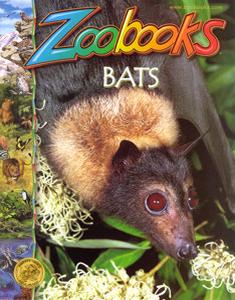Update
Taking time to blog takes time...and I have been bad about it!
This week I caught up on two student blogs about a topic I love. Can you guess it? 😉 ANIMALS
So reading about their topics, cats and elephants, is super exciting. I loved reading about animals, but truly loved seeing students research and talk about topics they love! There are no doubts I will be a domestic cat and pachyderm expert by the end of the semester.
Their posts made me reflect on my own posts (and lack of). My original thought on starting this was to document my OLC field experiences as "OutdoorAmy" with our NISD students and teachers. Maybe this will be simple enough to get me in the groove to blog, and maybe along the way, inspire a few to be environmental stewards and lifelong learners.
SOOOOO what happened this week at the OLC?
We have had a quiet semester so far. Many campuses choose not to come to the OLC in February due to weather and cold temperatures. It has been quiet. On Wednesday, we had our first group since December!
This week I caught up on two student blogs about a topic I love. Can you guess it? 😉 ANIMALS
So reading about their topics, cats and elephants, is super exciting. I loved reading about animals, but truly loved seeing students research and talk about topics they love! There are no doubts I will be a domestic cat and pachyderm expert by the end of the semester.
Their posts made me reflect on my own posts (and lack of). My original thought on starting this was to document my OLC field experiences as "OutdoorAmy" with our NISD students and teachers. Maybe this will be simple enough to get me in the groove to blog, and maybe along the way, inspire a few to be environmental stewards and lifelong learners.
SOOOOO what happened this week at the OLC?
We have had a quiet semester so far. Many campuses choose not to come to the OLC in February due to weather and cold temperatures. It has been quiet. On Wednesday, we had our first group since December!
- Animal sightings (and smelling)? ✅ Birds, deer and the most exciting, decomposing animals. YUP! Students spotted a raccoon carcass near our pond and then an armadillo carcass about 5 feet from a main trail. (Please note teachers and students are told during PreVisits NOT to ever approach live animals or to touch animals - dead or alive.)
These comments stemmed some VERY interesting theories on how each animal died, decomposition and even the why of not touching dead animals. And them explaining and justifying, some using scientific language, there theories is entertaining. :)
- Wildlife scat? ✅ Did you know you might not ever see an animal when you come to the OLC, but there are no doubts you will see evidence of them through their scat and tracks? I cannot tell you how many conversations I have had on animal scat. The theories of what animals it is, or what it ate. Tall-tales are made out of moments like this. ;)
Academically what does coming across wildlife scat provide for our students? Students are able to take evidence they have and develop theories on what animal it came from. They can collect data through measurements, environmental observations and prior knowledge of Texas species to deduct an idea on what creature it is. Greatness is when two students have opposing theories and debate using the tools and field guide (reading for information ❤) they have to prove the other wrong. It is a great moment seeing students respect each other while communicating differences.
Some students get so animated about their scat findings, that they continue to ask questions and keenly observe the trail to find more and more! There is a whole art to tracking animals, and two of those ways are through scat and tracks. This may be a great PBL to solve the mystery of if we have a bobcat or not.
Lots of questions about movement in water, nests in trees and rocks.
And that's it! We only had one campus visit this week, but I assure you they are coming more frequently starting next week! I wonder if our visiting 4th graders and Kindergartners will have such interesting sightings! What else will they observe? What will they connect with? And what will they want to share about when they get home?
Take time to get outside this weekend. Sure it will rain, but we need it. Take a moment to enjoy the cold shock of rain on your skin, the way it smells and how it effects our environment. You will be surprised what you notice and with that, the type of conversations you can have with your students.
💚
OutdoorAmy

Comments
Post a Comment